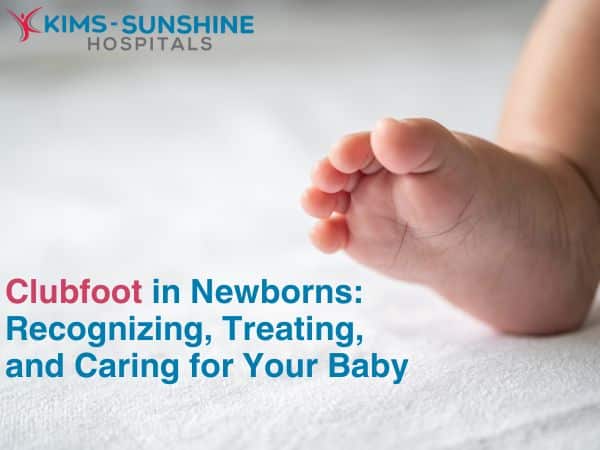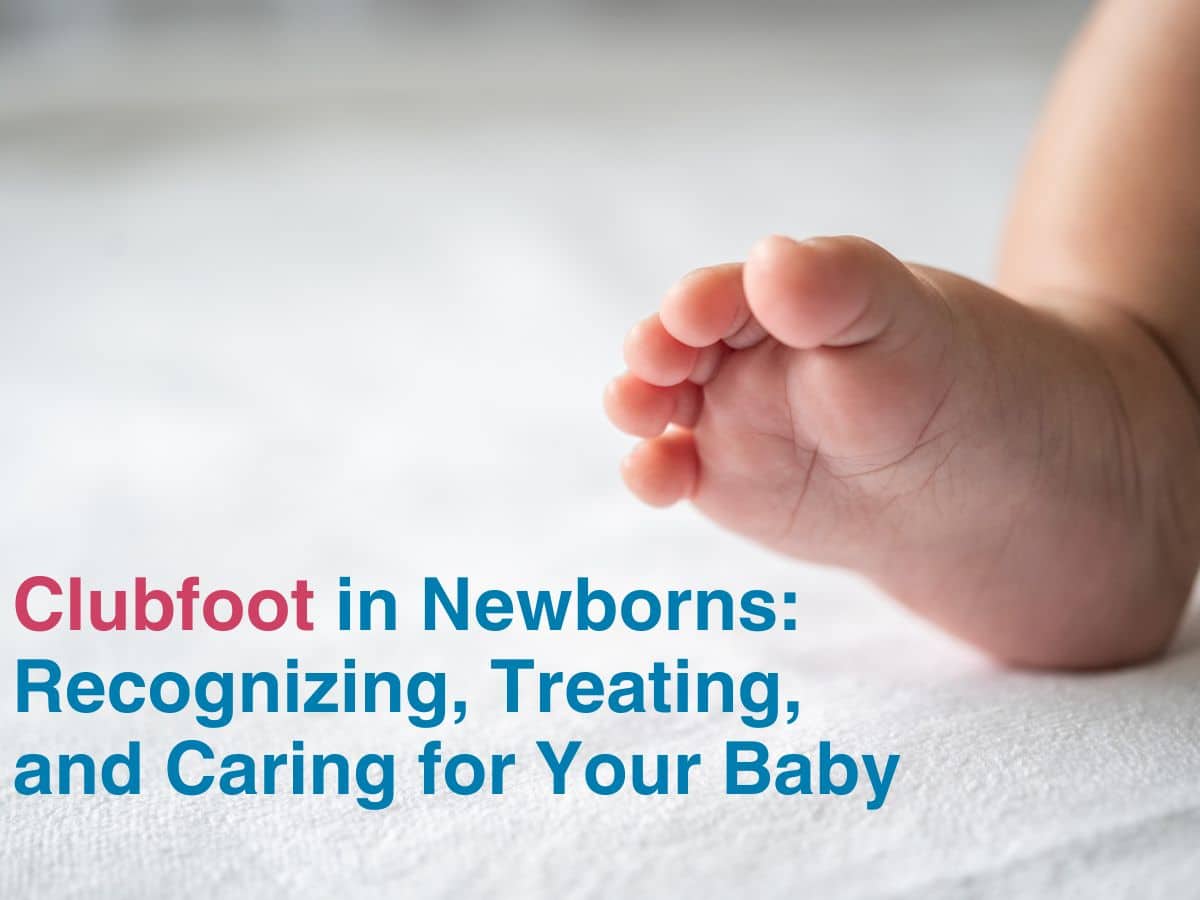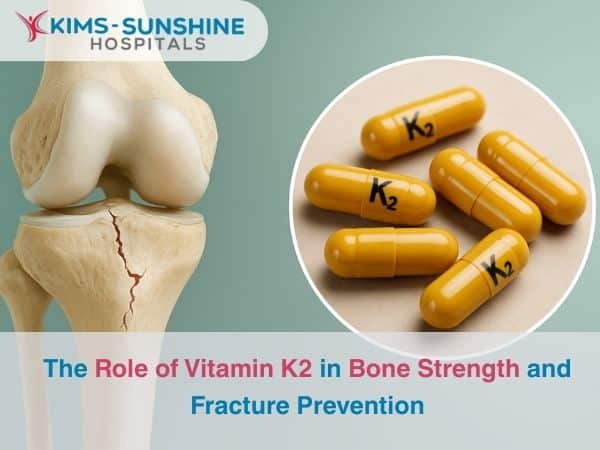
Clubfoot in Newborns: Recognizing, Treating, and Caring for Your Baby

Clubfoot is a congenital condition that affects approximately 1 in 1,000 newborns worldwide. As a parent, discovering that your baby has clubfoot can be overwhelming, but with early detection and proper treatment, most children can grow up to lead normal, active lives. In this comprehensive guide, we’ll explore how to recognize clubfoot, available treatment options, and long-term care strategies for infants with this condition.
Early Signs of Clubfoot in Babies
Clubfoot is typically visible at birth or during prenatal ultrasounds. The key signs to look for include:
- The foot appears twisted inward and downward
- The affected foot is smaller and shorter than the other foot
- The calf muscles on the affected leg may be underdeveloped
- The foot is rigid and resistant to straightening
- In some cases, both feet may be affected
It’s important to note that clubfoot is painless for newborns, but if left untreated, it can lead to mobility issues and pain later in life.
Diagnosing Clubfoot in Newborns
While clubfoot is often visible to the naked eye, medical professionals will conduct a thorough examination to confirm the diagnosis. This may include:
- Physical examination of the foot and leg
- X-rays to assess the bones and joints
- In some cases, an ultrasound or MRI may be used for a more detailed view
Early diagnosis is crucial for effective treatment, so don’t hesitate to consult your pediatrician if you suspect your baby may have clubfoot.
Treatment Options for Clubfoot in Newborns
The primary goal of clubfoot treatment is to correct the foot’s position and improve functionality. Treatment usually begins shortly after birth and may include:
a) Non-surgical Treatments:
The Ponseti method is the most widely used non-surgical treatment for clubfoot. This method involves:
- Gentle stretching and manipulation of the foot
- Weekly casting to gradually correct the foot’s position
- A minor procedure called tenotomy to release the Achilles tendon
- Use of special boots and bars to maintain the correction
b) Surgical Treatments:
In some cases, surgery may be necessary if non-surgical methods are unsuccessful. Surgical options include:
- Soft tissue release to lengthen tight tendons and ligaments
- Bone procedures to correct severe deformities
- External fixation devices to gradually correct the foot’s position
How to Care for a Baby with Clubfoot
Caring for a baby with clubfoot requires patience and dedication. Here are some tips:
- Follow your doctor’s instructions carefully for cast care and maintenance
- Keep the cast clean and dry
- Monitor for signs of skin irritation or circulation problems
- Attend all follow-up appointments to ensure proper healing
Post-Treatment Care for Clubfoot
After initial treatment, ongoing care is essential to maintain the correction:
- Use of braces or special shoes as prescribed by your doctor
- Regular stretching exercises to maintain flexibility
- Monitoring for any signs of relapse or recurrence
Long-term Care for Infants with Clubfoot
While most children treated for clubfoot can participate in normal activities, long-term care may include:
- Regular check-ups with an orthopedic specialist
- Monitoring for any gait abnormalities or pain
- Addressing any concerns about leg length discrepancies
- Encouraging participation in physical activities to strengthen the affected foot and leg
Genetic Factors in Clubfoot
Research suggests that genetic factors play a role in the development of clubfoot. Key points to consider:
- Family history increases the risk of clubfoot
- Certain genetic mutations have been associated with clubfoot
- Genetic counseling may be beneficial for families with a history of clubfoot
Conclusion
Clubfoot in newborns can be a challenging diagnosis for parents, but with early detection and proper treatment, the outlook is generally positive. By understanding the signs, treatment options, and long-term care strategies, you can ensure the best possible outcome for your child. Remember to work closely with your healthcare team and stay committed to the treatment plan for optimal results.
If you have concerns about your baby’s foot development, don’t hesitate to consult with your pediatrician or a pediatric orthopedic specialist. With proper care and attention, most children with clubfoot can grow up to lead active, fulfilling lives.
Frequently Asked Questions

Dr. B. Chandra Sekhar
MBBS, MS (Ortho) Fellowship in Arthroscopy & Sports Surgery (ISAKOS)
Consultant Shoulder Surgeon, Arthroscopy & Sports Surgery






